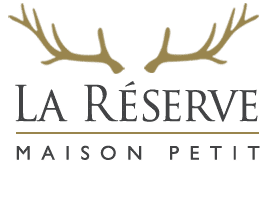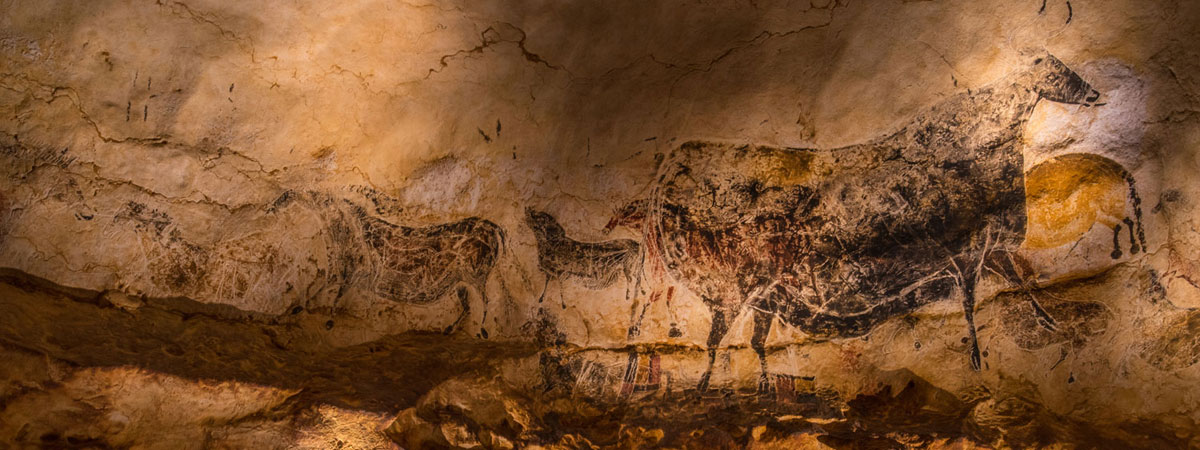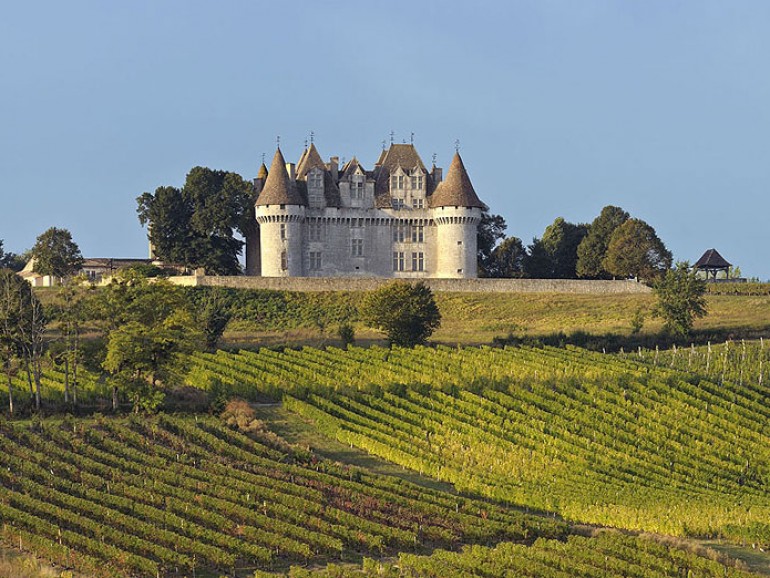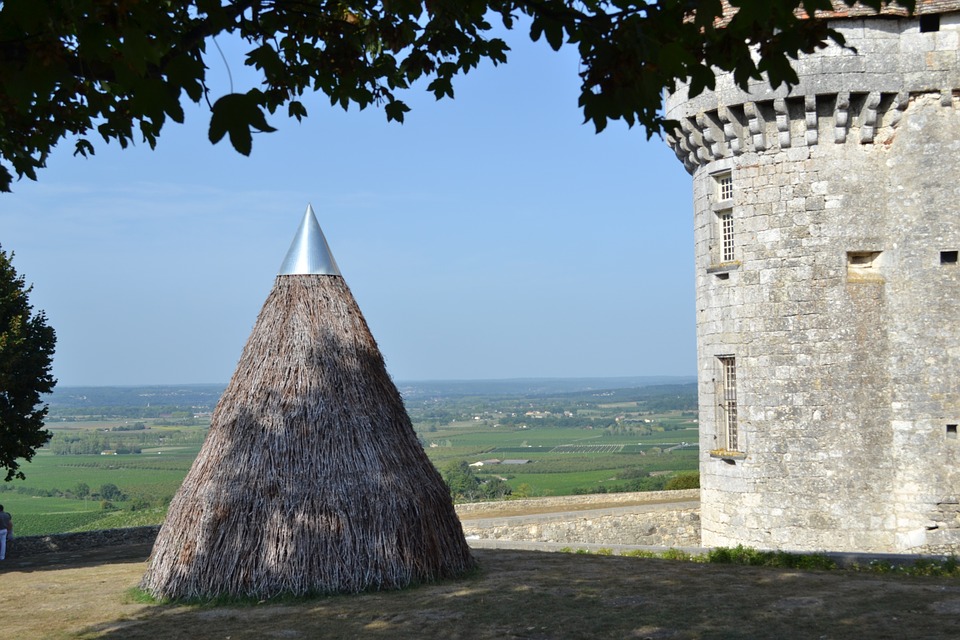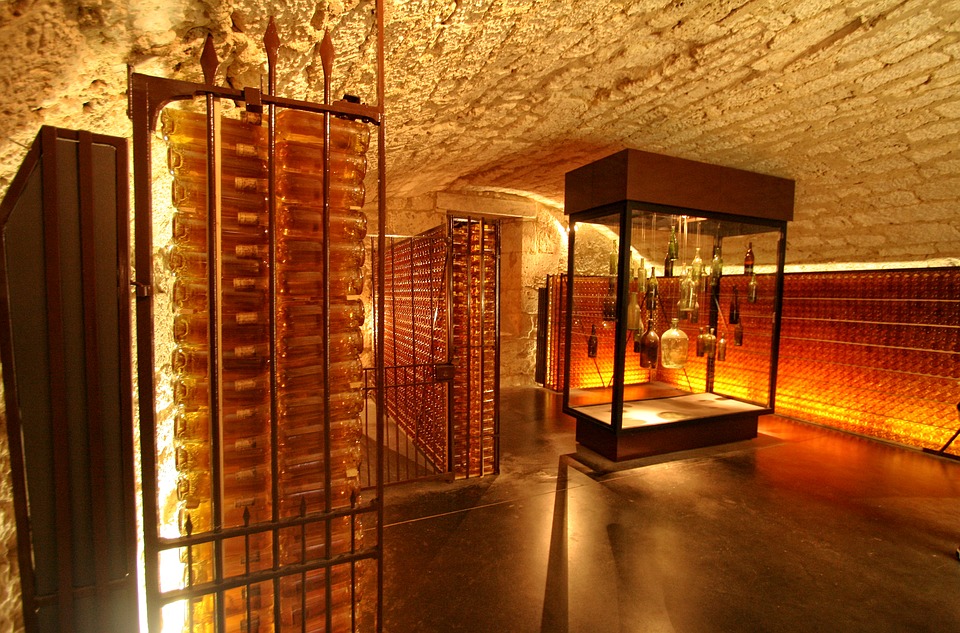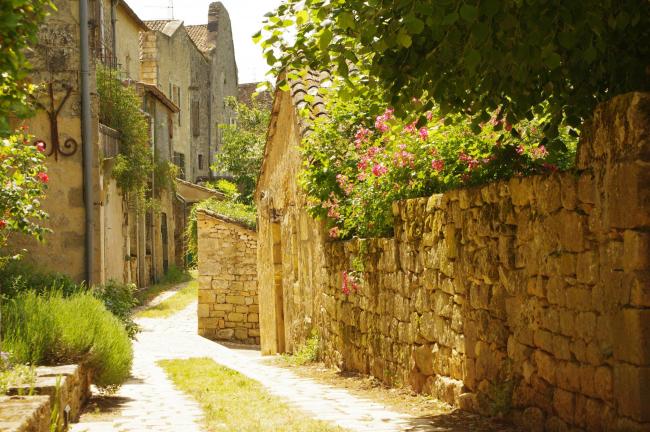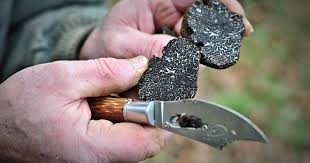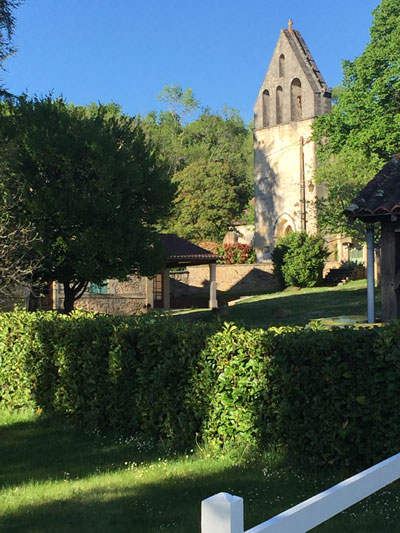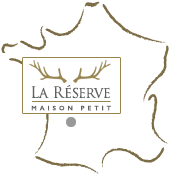In Périgord…
“ The closest of faraway lands”
Bernard Giraudel
“ The closest of faraway lands”
Bernard Giraudel
Prehistory, Castles and the Art of living
Historically, Périgord was an ancient county attached to the Duchy of Guyenne.
With the creation of the départements during the French Revolution, Périgord became Dordogne in 1790, based on geographical and hydrographical boundaries.
The name Périgord could have fallen gradually into oblivion, but it has always been the bearer of strong, authentic values, particularly history and gastronomy. It was for tourism reasons that 4 Périgords were created in the 1980s, based on 4 colours: green for its vegetation, white for its chalky soils, black for the dark foliage of its oak trees and purple for the literary evocation of red wine. This division and classification simply reflects the variety of landscapes and soils in a department caught between the foothills of the Massif Central and the rich alluvial plains of the Aquitaine Basin.
Now part of the Nouvelle Aquitaine region, the Dordogne is a predominantly rural department with extraordinary landscapes, listed sites and an exceptional terroir.
World-famous for its rich prehistoric heritage, it has even been dubbed “Pays de l’Homme” (Land of Man), a term coined in its day by tourist authorities. The valley of the River Vézère (“Valley of Man”) boasts one of the world’s most impressive collections of prehistoric sites, and no fewer than 15 have been listed as UNESCO
World Heritage Sites.
A number of listed natural sites in the Périgord still offer attractive opportunities for outdoor sports: hiking, mountain biking, caving, climbing, canoeing, kayaking, etc.
Golf enthusiasts are delighted with the region’s magnificent courses, from the Périgord Noir to the edge of the Gironde, at Cardegan, France’s 5th largest golf course.
The castles of Périgord are another of the department’s wonders. From fortified castles to Renaissance chateaux, fortified houses and manor houses, it is said that there have been a thousand and one castles built in the Dordogne since the 12th century, making up a unique architectural and historical heritage.
But the Périgord remains above all a land of welcome for gourmets. Thanks to an exceptional terroir and skills that have been carefully passed down, the region produces some real treasures for the taste buds: wine, foie gras and duck, lamb, truffles, ceps, walnuts, strawberries, cabécou…
And even caviar! So many PDO, PGI or simple regional specialities of excellence contribute to a very “traditional gastronomy” label.
France’s leading rural tourist region, the “land of man” is perhaps best described as a land of art and gentle living, with a strong cultural presence. National and international festivals such as Jazz Pourpre en Périgord, Mai des Arts de Bergerac, Mimos, the International Mime Festival, Sinfonia and the travelling Félibrée, a popular Occitan festival since 1903, are all well established in the region.
The Purple Périgord –“Vineyards and Bastides”–
..in the south-west of the department around Bergerac, was once part of the Périgord Blanc. The last of these to be created, it was detached from it in the face of the explosion in tourism, and wine tourism in particular.
Vines as far as the eye can see, excellent vintages, internationally renowned wine estates: wine is an institution here, part of the history of this corner of the Dordogne and its eponymous river.
The birthplace of Edmond Rostand’s legendary character, the famous town – the
“Panache du Périgord” – was awarded the “Ville et Pays d’Art et d’Histoire” label in 2014 for its commitment to preserving and promoting its rich architectural and wine-growing heritage: the new Bergerac Wine House within the Récollets cloister on the Quai Cyrano, the gabares on the Dordogne, the Tobacco Museum, the Bergerac and Pécharmant wine route, the Château de Monbazillac, the medieval bastides of Beaumont, Issigeac and Monpazier, listed as some of the most beautiful villages in France…
But the region is no less famous for its gastronomy. It starts with in top-quality markets such as those in Bergerac, where you’ll find the quality producers, food artisans and market gardeners who are also part of the region’s reputation. These regional products can also be found in the many restaurants offering wide choice of dishes!
Away from mass tourism, the Périgord is undoubtedly a destination for epicureans in search of peace and quiet who want to recharge their batteries in complete tranquillity, while enjoying a tailor-made welcome.
